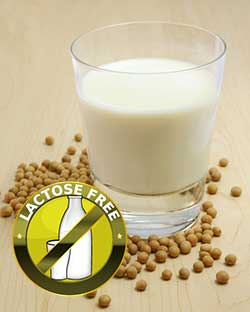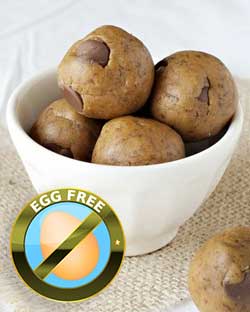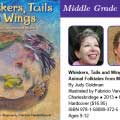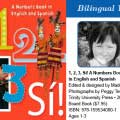
It seems like every other kid out there has food allergies; and with new food products popping up in the grocery store every week, the questions about food allergies continue to grow. Between 1997 and 2007 the food-allergy rate rose 18%! So maybe it’s you, your spouse, your child, or a friend or family member who is affected.
Living with this reality can be an ordeal. Between constant avoidance of trigger foods, extensive ingredient list reading and having to be aware of what others around you are eating because of the fear of accidental exposure…it’s safe to say that eating can become extremely complicated!
The most common food allergens are: milk, eggs, peanuts, tree nuts, soy, wheat, fish and shellfish. That gives you a grand total of eight foods. At first glance that list may not seem so alarming. But if you were to start looking at food labels with fresh eyes, you would soon find that these foods are often hiding in other foods. So we continue to worry about what’s in our food and how to avoid these ingredients.
Fortunately there are numerous online communities out there aiming to help people and/or parents of children with food allergies, and help them find foods and recipes that are allergy-friendly. Plus there are many substitutes that you can find and use in your favorite recipes to make them allergy-friendly.
Read Related: Eat Your Way Out of Being Sick
Here is a list of some of the most common ingredients and some simple allergy-friendly substitutes.
 MILK
MILK
If you have a dairy allergy or are lactose intolerant, there are many non-dairy substitutes out there that are widely available. The specific one you choose will depend on the palate of the person consuming it, and will also hinge on what you are using it for (baking, cooking, drinking, for pouring over your cereal, etc.). This is a sampling of milk alternatives: lactose-free milk, soy milk, and nut milks.
DAIRY
What kid doesn’t love ice cream or chocolate milk? If your child has a dairy allergy there are many products out there that are dairy free. Try: almond milk, rice milk coconut milk or soy milk in things like smoothies or sorbets.
GLUTEN/FLOUR
It seems that all-purpose flour is a staple in most households. However, if you have a child with a wheat/gluten allergy, this is not an option. There are many substitutes out there to accommodate many types of allergens. Just by baking with a different type of flour, you can make recipes for bread, etc., allergy-friendly. Look for certified gluten-free mixes.
PASTA & BREAD
Grain and gluten-free pasta and bread are becoming increasingly more widely available. Look for certified products that aren’t stored next to traditional varieties. Since spaghetti seems to be one of those staple kids’ foods, you can try making spaghetti squash and serving it with your favorite sauce and toppings.
 EGGS
EGGS
Have you ever made cookies before and either had to stop yourself or your kid from licking the spoon, due to the fear of salmonella from the raw egg? Well here is a recipe for raw cookie dough bites that is not only egg free but absolutely delicious too! Try a flax “egg” by mixing 1 tablespoon ground flax with 3 tablespoons hot water. Let it sit for a few minutes until a paste is formed and use it as you would use a single egg in baking.
PEANUT BUTTER
For people who have a peanut allergy, sunflower or soy butters are a great substitute for peanut butter. You can avoid butters all together in things like sandwiches by using hummus or cream cheese. Try hummus and avocado sandwiches or strawberry and cream cheese sandwiches.
SHELLFISH
Processed fish products are out of the question and often times fresh or frozen fish has been cross contaminated. This is one food group I would avoid substituting at all costs.
I know this can all seem a bit overwhelming at first, but before long you’ll be able to tweak any recipe and make it allergy-friendly without having to think twice! Visit Momable’s Pinterest board for many allergy-friendly ideas.











